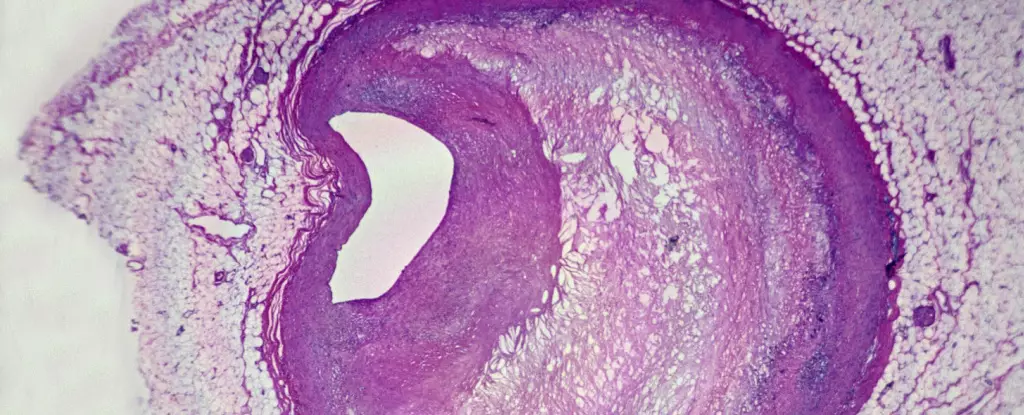In recent years, the prevalence of plastics has reached alarming levels, penetrating environments previously thought to be untouched by human intervention. Not content to reside solely in our oceans and landscapes, microplastics have infiltrated our bodies, with alarming discoveries indicating their presence in human organs, including the placenta. Researchers are now sparking significant concern regarding the potential health ramifications posed by these microscopic particles. As our fight against plastic pollution intensifies, it emerges as a pressing issue: How are these contaminants affecting our health?
While various studies utilizing miniaturized organ systems and animal models, such as mice, have explored the potential health risks of microplastics, they often fail to reflect the real-world exposure levels that humans experience daily. Notably, the scientific community remains in the early stages of comprehending the real impact on human health due to a dearth of human studies. A recent study shed some light on the topic, revealing microplastics discovered in the fatty deposits removed from patients undergoing carotid endarterectomy— a surgical procedure aimed at reducing stroke risk.
This research, led by Raffaele Marfella from the University of Campania, raised critical questions. With nearly 60% of the 257 patients analyzed found to have polyethylene in their arterial plaques and a smaller group also carrying polyvinyl chloride, it became imperative to investigate whether these materials correlate with increased cardiovascular risks.
Unpacking the Cardiac Risks
Prior laboratory studies informed the team’s concerns about microplastics and cardiovascular health, demonstrating the ability of these particles to instigate inflammation, oxidative stress, and functional impairments within heart cells. Researchers had previously shown that exposure to certain plastics can contribute to detrimental effects including altered heart rhythms, reduced heart function, and even scarring of the cardiac tissue.
The findings of Marfella’s research underscored this connection, revealing a staggering 4.5 times increased risk of stroke, non-fatal heart attacks, or mortality among patients with microplastics present in their plaques compared to those devoid of such substances. This connection highlights an urgent need for a nuanced understanding of how microplastics are potentially exacerbating cardiovascular conditions.
In achieving these revelations, a highly sophisticated measuring approach, pyrolysis-gas chromatography-mass spectrometry, alongside stable isotopes analysis, was employed to quantify and confirm the presence of microplastics in the excised tissues. Additionally, powerful microscopes unveiled jagged plastic fragments nestled within immune cells, indicating the possibility of a deeper integration of microplastics into bodily tissues.
Furthermore, elevated levels of inflammatory markers in conjunction with microplastic presence pointed to potential chronic inflammation—a foreboding sign of cardiovascular distress. Notably, however, one must exercise caution when interpreting these findings. Although an association has been established, causation remains elusive, and the study did not account for other lifestyle-related cardiovascular risk factors like smoking or pollution exposure.
Despite the significant findings, the research prompts critical questions that demand further investigation. As described by Phil J. Landrigan from Boston College in an editorial accompanying the study, the discovery of microplastics within human tissues demanded urgent exploration—how do we effectively reduce exposure to these harmful components?
The surge in plastic production over recent decades, juxtaposed with the concerning trends in human health, further complicates the narrative. Understanding how the dramatic proliferation of plastic use correlates with rising health issues is a hypothesis deserving rigorous exploration. While some regions may experience a decline in cardiovascular diseases, others may see an escalation, creating an uneven landscape of health implications.
The alarming discovery of microplastics in human tissues serves as a clarion call for the medical and scientific communities. Understanding the implications of these prevalent pollutants is imperative for developing strategies to safeguard public health. While the current findings suggest an ominous correlation between plastic exposure and heart-related ailments, further research is essential to unravel the complexities of this nascent issue. Only by elucidating the links, tackling plastic pollution head-on, and implementing comprehensive public health measures can we aim to mitigate the impact of microplastics on human health in the years to come.


Leave a Reply